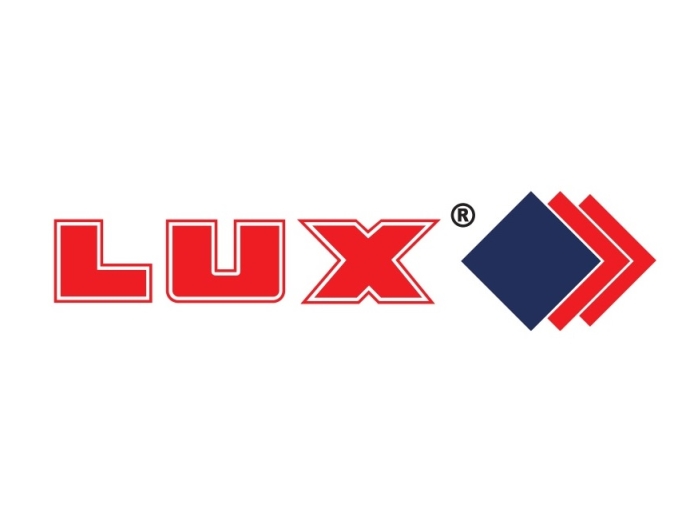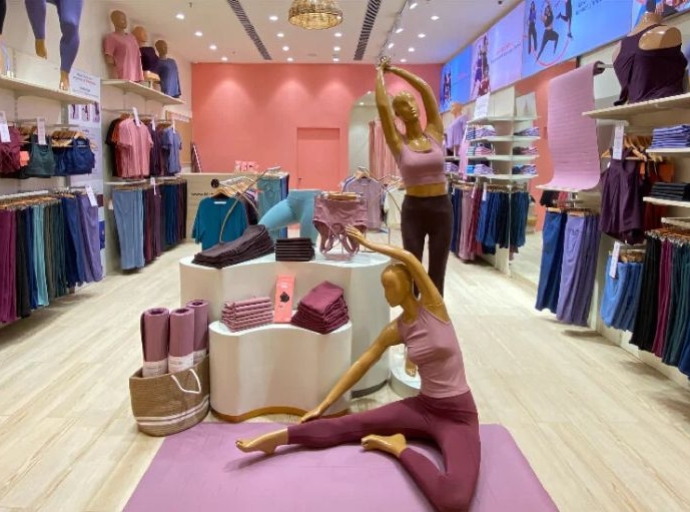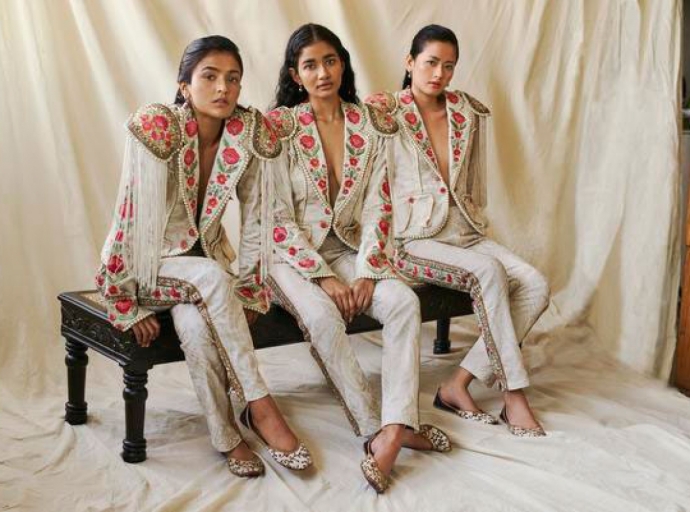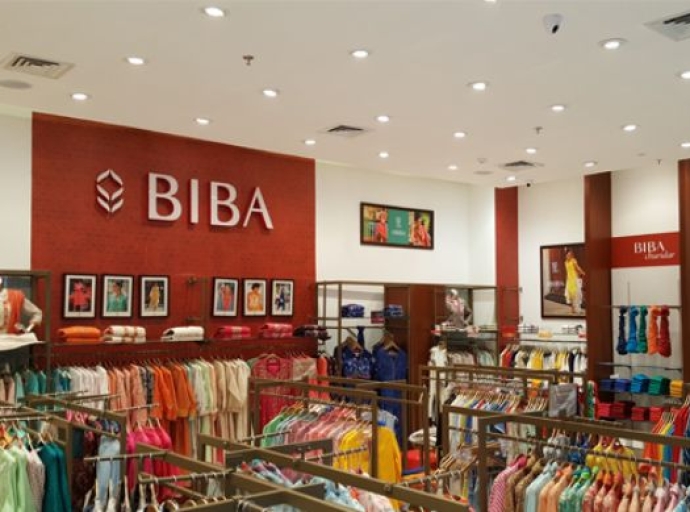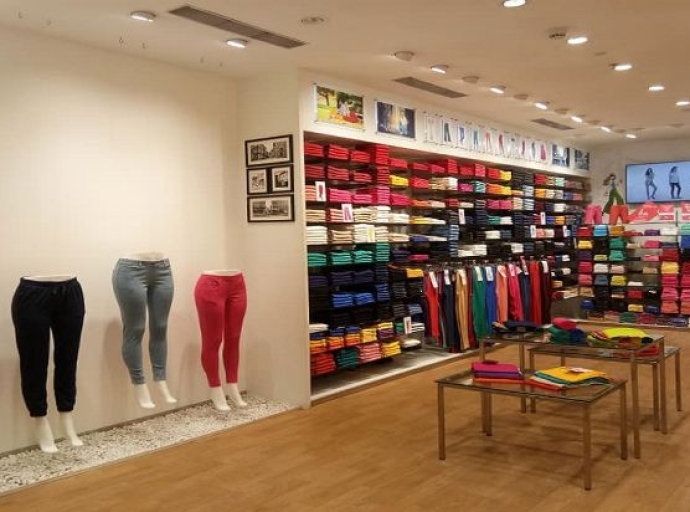14 February 2023, Mumbai
For the third quarter Lux Industries’ net profit declined by 82 percent. The company’s revenue for the quarter was down by 31 percent as against the corresponding period of the previous fiscal year.
During the quarter, Lux was aggressive in investing in advertisement, brand building activities, capacity expansion, and digital outreach. Its brand Onn launched a new website while another brand Lyra launched an app to connect directly to its retailers to enhance its market reach and build a robust supply chain.
So Lux’s revenue growth was largely muted on account of volatile raw material prices and lower volume offtake due to delayed winter in major parts of the country. Margin profiles largely remained subdued on account of lower volume offtake at the dealer and distributor level, volatility in raw material prices and previously stocked high-cost inventory.
Going forward the company’s objective will be to moderate the quantum of products lying in the distributor network, replenish the sold material with speed, generate higher inventory turns and enhance incremental margins through superior and timely service. Lux Industries operates brands like Genx, Lyra, and Onn, among many others, and is one of the largest players in the hosiery business.

